The fashion system appears to be re-defining itself just now: Vetements showing a ready-to-wear collection for men and women during the haute couture season in Galerie Lafayette – open to the public at the time – was a prime example of that. Resort presentations finding their way onto this most rarefied of schedules are also testimony to more obviously commercial and so-called trend-driven concerns. In fact, though, sales of haute couture itself are more healthy than might obviously be expected. A lack of economic stability doesn’t affect this particular client base which is, and always has been, in search of the unique. There could be no greater contrast to the consumer-facing fashion show than this; anyone privileged enough to buy and wear haute couture knows that they must be fitted for and then wait for their purchase, which will be made by hand from start to finish and produced in only very small numbers. Their clothes are done when they’re done. They understand, too, that time is money and that this is an experience that is the polar opposite of shopping for instant gratification. The greatest couture house of them all is still Chanel, and it is only fitting therefore that Chanel, for all the brouhaha around the Autumn/Winter 2016 haute couture collections, remained the show of the season.

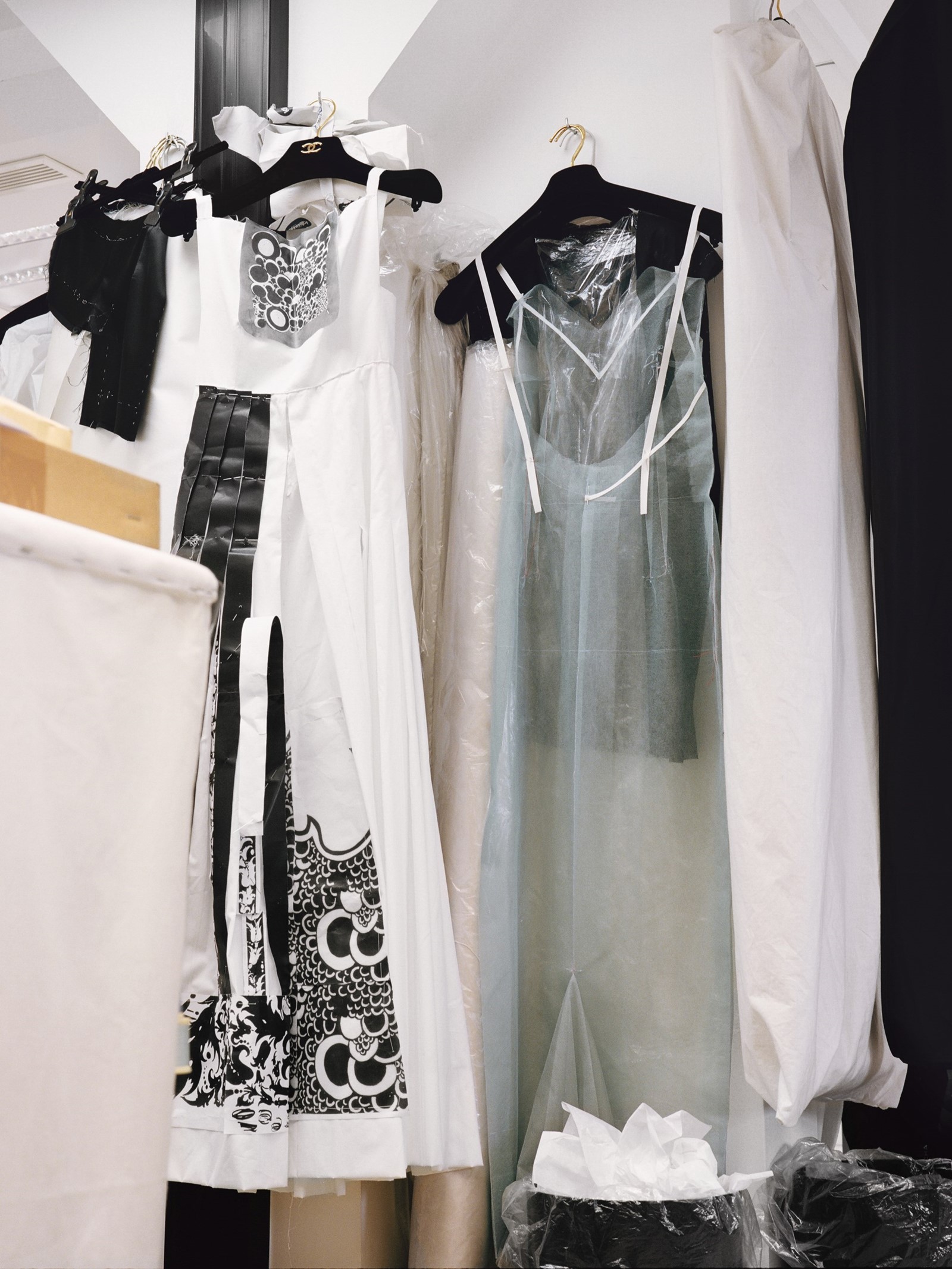
Many (Magical) Hands...
How brilliant, with all of the above in mind, that Karl Lagerfeld chose to transform his set, as always at the centre of Paris’s Grand Palais, into the company’s legendary ateliers, moving the staff of the Rue Cambon headquarters and putting the people responsible for crafting his designs centre stage. Their working environment was recreated minutely: at Chanel, each studio head has a picture of M Lagerfeld pinned above their work table and that was here too. And in that way, a closed a world was opened up for all to see: the petites mains, with their purses of pins round their necks, draped chiffon or pinned bodices onto mannequins, stitched seams, talked among themselves apparently oblivious to the audience – although they did stop to watch momentarily as models in the finished looks they had been responsible for making walked by. For the most part, though, and as is their wont, they were focused entirely on the job in hand. That they love their jobs was so clearly in evidence and, in an uncertain world, that was wonderful to see.
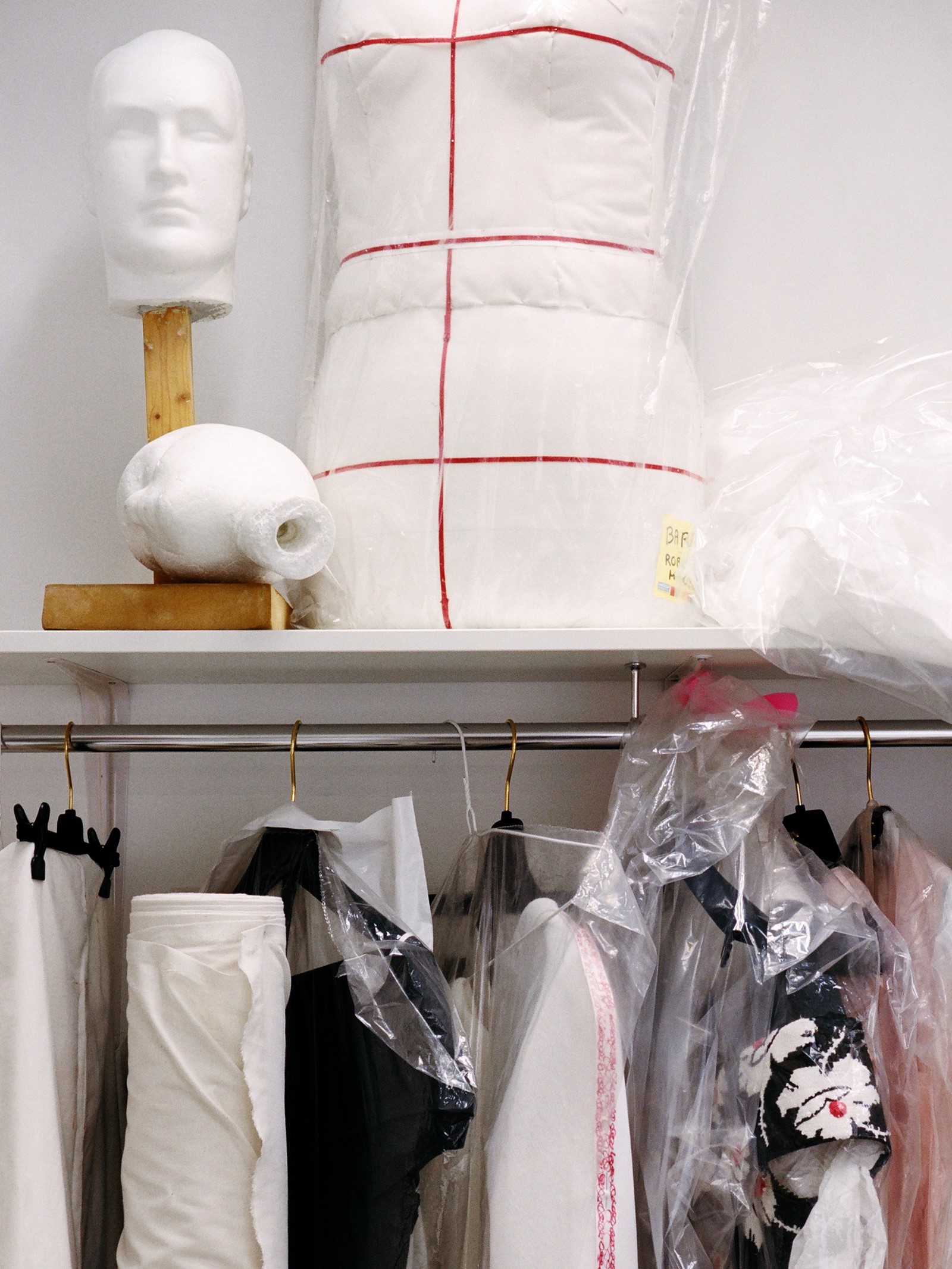
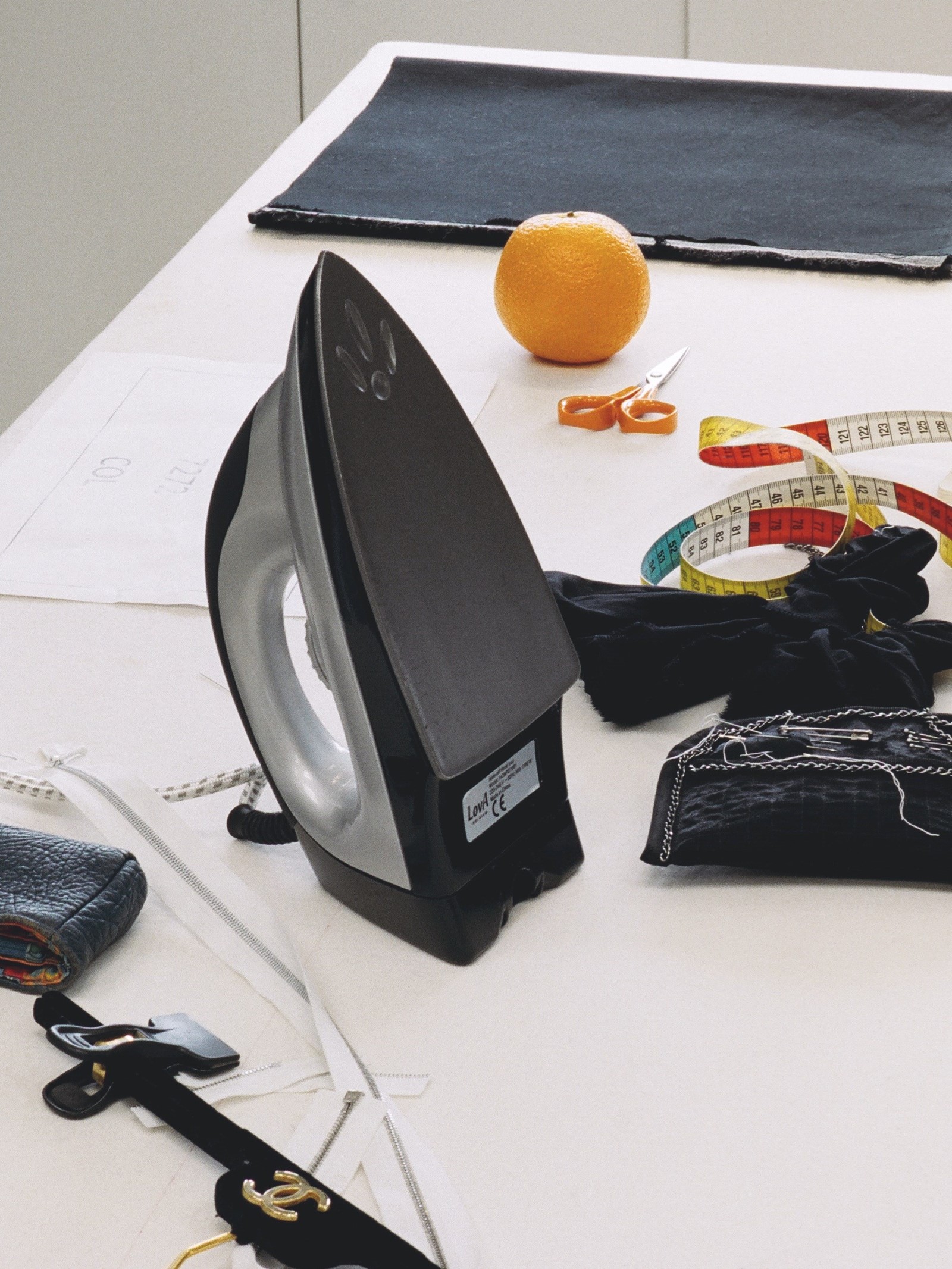
...Make Light Work
Two days before the show and the master himself is in fittings, checking final looks, hair and make-up, adding a jewelled brooch here, taking away another there. The studio is peopled by the couturier’s inner circle. In Chanel speak, this moment is described as the ‘accessorisation’ throughout which friends of the house drop by and are lucky enough to see the clothes in a very intimate environment. M Lagerfeld’s right-hand woman, Amanda Harlech, is there, of course, and describes this latest presentation like this. "What Karl is saying is that this isn’t about trying to reform fashion, the whole idea of fashion, or about making people do things our way, this is just here. So you’re in the ateliers. The petites mains and the premieres are all there. These are real people, with real skills, all with magic in their hands, making his work. There’s a lot of tension in the engineering. What is couture? How to make flat material read as whole? There’s the tweed with the beautiful embroidery: it’s got velvet in it, sequins in it, feathers in it and it’s like: wow."
Indeed it is. Those iconic tweeds came this time with an angular shouldered and shapely jacket worn over wide-legged pants cropped to mid-calf. Later, they were cut into a gentler, 1920s-line silhouette that was romantic in the extreme. The couture ateliers – both here and elsewhere – are divided into two: ‘tailleur’, home to expert technicians in tailoring and ‘flou’, where softer chiffons, organzas and more are worked. There were whispers of Aubrey Beardsley [celebrated 18th century English illustrator and author] as far as the latter was concerned, in monochrome prints and embroideries and a sweet empire line that would suit a modern-day princess down to the ground. "There are a lot of people out there who like that 'I’m cool, you’re not' mentality and that’s okay," says Harlech. It is undoubtedly true that is part of the fashion story. But: "I’m like the girl who believes in the fairytale," she continues as, bang on cue, one particularly lovely fairytale gown appears in the studio. "This is so beautiful," she says.
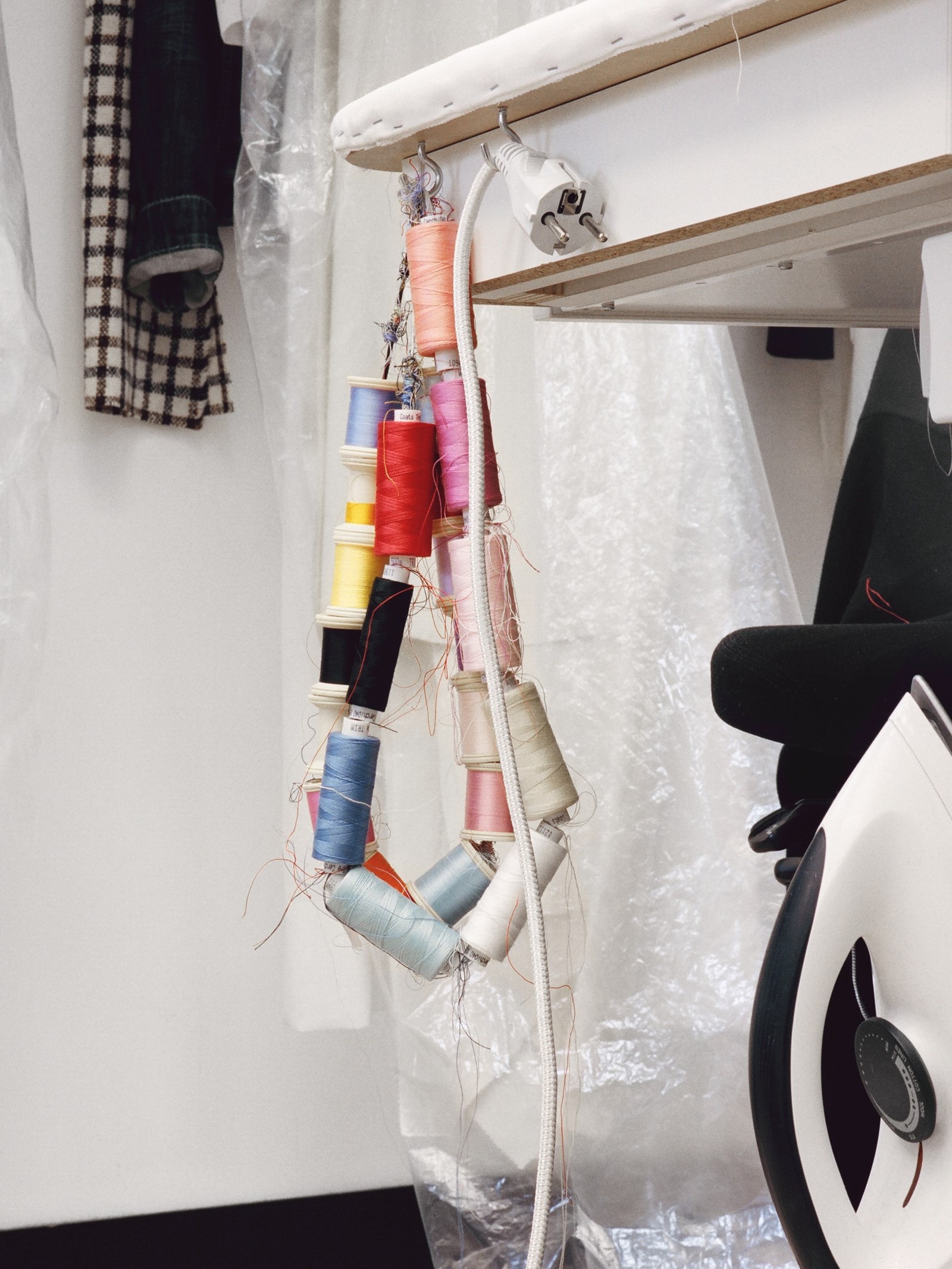
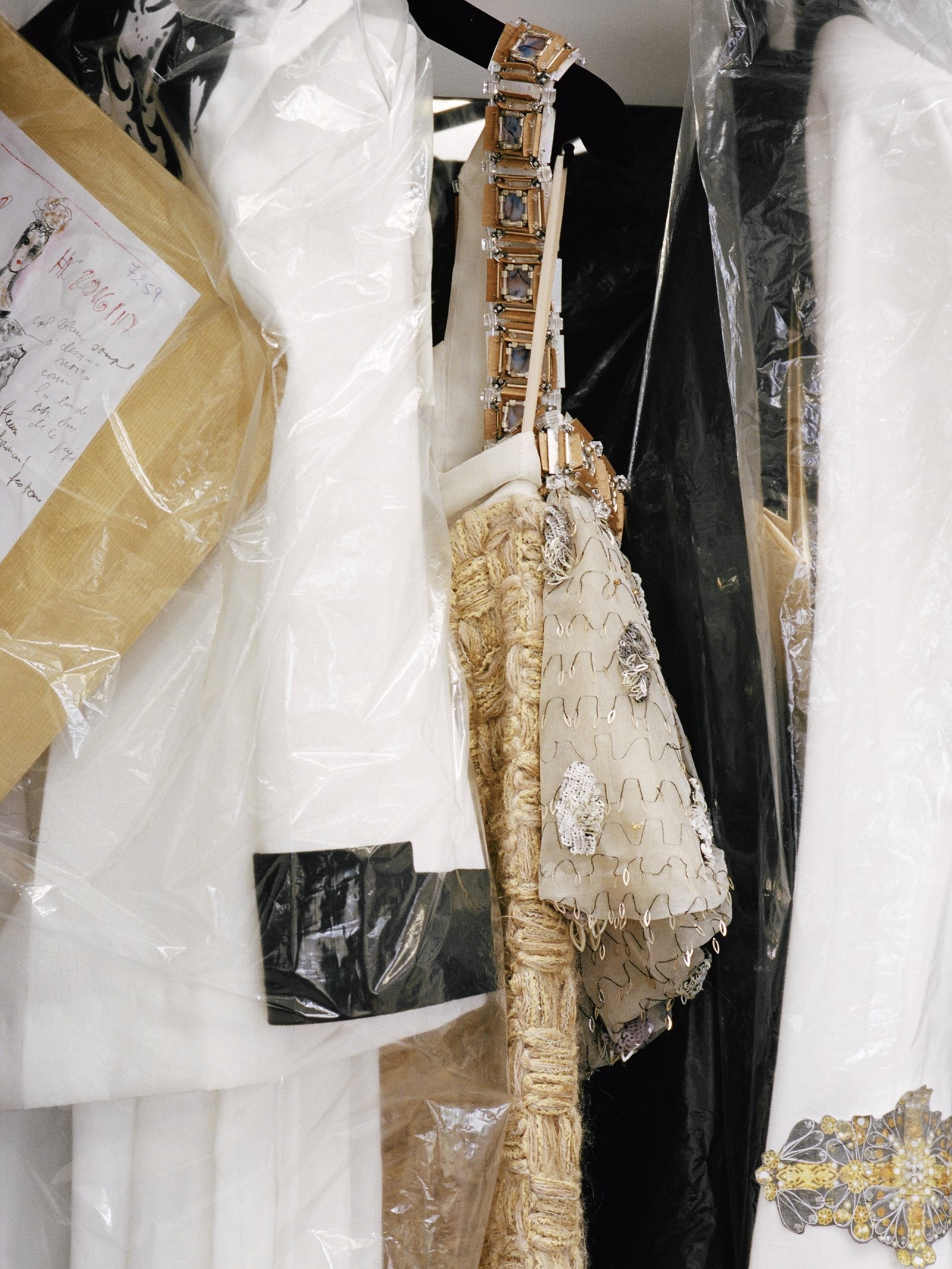
Great Fashion Is Great Timing
There is nothing throwaway about haute couture garments. They are made to be passed down through generations like the most precious heirlooms. However, the sentiment behind each individual collection must be of its moment. Karl Lagerfeld has the most finely honed instincts; he is as adept at creating a Chanel supermarket one season – an especially witty comment on fast fashion – as he is a Parisian brasserie the next – the upholding of French culture at a time when that feels vulnerable. Throughout, and with haute couture especially, he is entirely respectful of any technical expertise even after all these years. This was his most open tribute to that to date. It was all the more poignant, then, that in an over-saturated market and with the white noise of social media at its most overwhelming, when he came out to take his bows, walking the length of the runway, he picked up his heads of atelier as he went to ensure they too were recognized. That he is more than man enough to give credit where credit is due goes without saying. Still, this was extraordinarily moving.
